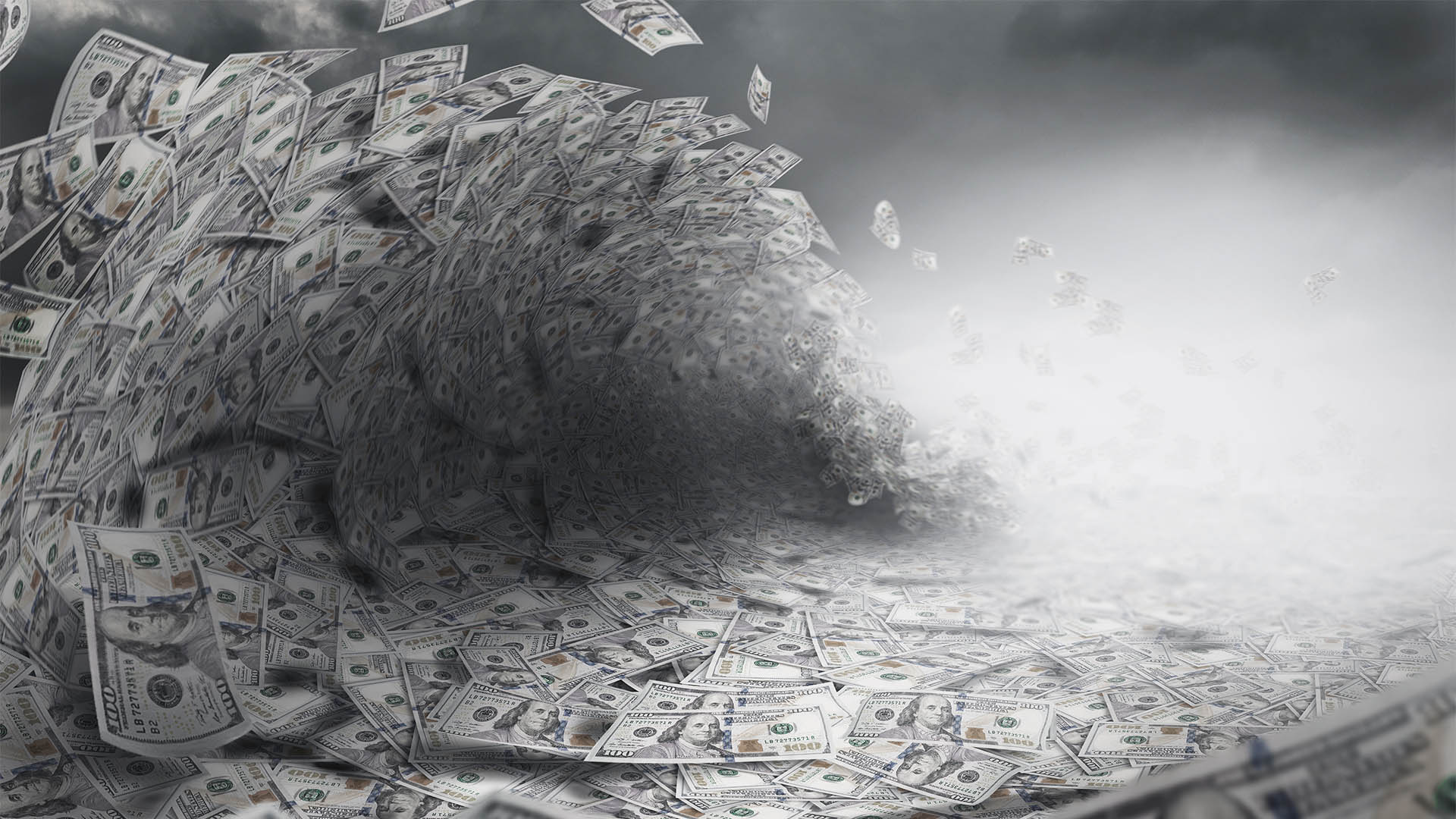Some analysts considered the unexpected 0.9% increase in Australian retail sales in September as an example of a 'hot' statistic, indicating that consumers had reawakened after a winter lull.
This impression was reinforced by slight revisions to the July and August figures (now 0.2% from 0.2% and 0.6% from 0.5%, respectively). However, a closer examination of the data reveals solid reasons behind parts of this sharp rise, suggesting that it's not solely due to consumers deciding to open their wallets and purses.
The Australian Bureau of Statistics attributed the rise to an early and warmer spring, changes in the pharmaceutical benefits scheme prescription process, a Queensland government initiative to promote smarter home products like whitegoods, and the introduction of a new Apple iPhone, which has historically had a similar impact.
Firstly, the $35.874 billion estimate for retail sales in September was only $24 million above the most recent peak back in November 2022, indicating that it was not an unprecedented high.
It marked the first time in ten months that monthly retail sales had either matched or surpassed the most recent peak, highlighting the impact of interest rate hikes and high inflation on consumer spending and confidence.
Even with this increase, retail sales were only 2% higher than a year ago, lagging significantly behind the 5.4% inflation rate during the same period.
According to seasonally adjusted figures released by the Australian Bureau of Statistics, Australian retail turnover rose by 0.9% in September 2023.
An analysis of the drivers behind this monthly rise helps explain why it resembles a one-off occurrence, similar to the 1.4% surge seen in November 2022.
Ben Dorber, Head of Retail Statistics at ABS, stated, "The strong rise in September was driven by various factors across the retail industry."
He cited the warmer-than-usual start to spring, which boosted sales at department stores, household goods, and clothing retailers, with increased spending on hardware, gardening, and clothing items. The release of a new iPhone model and the introduction of the Climate Smart Energy Savers Rebate program in Queensland also contributed to higher turnover in household goods retailing.
Dorber added, "While the rise in September was the largest since January, subdued spending for most of 2023 means that underlying growth in retail turnover remains historically low. Retail turnover in trend terms is up only 1.5% compared to September 2022, the smallest trend growth over 12 months in the history of the series."
Most industries recorded growth this month, with increases in all non-food related sectors. Department stores (+1.7%) showed the largest rise among non-food industries, followed by household goods retailing (+1.5%), other retailing (+1.3%), and clothing, footwear, and personal accessory retailing (+0.3%).
"The rise in other retailing was primarily due to a temporary boost in turnover for pharmacies after the introduction of 60-day prescriptions and an associated initial shift forward of income from Pharmaceutical Benefits Scheme medicines," explained Mr. Dorber.
Food retailing rose by 1.0% following two consecutive monthly declines, while cafes, restaurants, and takeaway food services remained flat after showing notable growth earlier in the year.
Retail turnover growth increased in all states and territories. Queensland (+0.5%) experienced a temporary boost from the popular response to the Climate Smart Energy Savers Rebate program for households upgrading appliances such as washing machines, dishwashers, refrigerators, and dryers.
(However, this boost didn't benefit major white goods retailers like The Good Guys and Harvey Norman, which recently reported significant sales declines of 10.9% for Harvey Norman and 12.2% for The Good Guys in the September quarter.)














